This is not only an activity to support facilities but also an important boost to help students in remote areas of Dien Bien access advanced educational methods, suitable for the requirements of digital transformation and development of high-quality human resources.
An "unexpected but very timely" decision
Mr. Dang Viet Cuong, representative of the Department of Education and Training of Dien Bien, said he was quite surprised when he received the information that Petrovietnam would invest in STEM classrooms for the province. According to Mr. Cuong, STEM is an advanced educational method, proven effective in the world. However, in Dien Bien, due to limited facilities, schools are only equipped with minimal equipment for teaching, so up to now, no unit has a standard STEM classroom.

Mr. Dang Viet Cuong, representative of Dien Bien Department of Education and Training. Photo: Petrovietnam.
“Teachers have been trained in STEM methods for a long time, but the implementation is mainly on a small scale, taking advantage of available equipment, and is of a simulation nature. We do not have the conditions to build a complete model,” Mr. Cuong shared.
Therefore, when knowing that Petrovietnam will support the installation of synchronous STEM classrooms with full equipment, teachers and the education sector of Dien Bien are "very excited".
“This will be a big boost to help teachers and students fully and systematically access modern educational methods, contributing to concretizing the orientation of developing students' qualities and abilities,” Mr. Cuong affirmed.
According to the plan, when the classrooms come into operation, schools will carry out professional activities, practice, simulation and many other experiential activities to spread STEM methods throughout the industry.

Petrovietnam's support for the installation of STEM classrooms will be a big boost to help teachers and students in the Dien Bien education sector fully and systematically access modern educational methods. Photo: Petrovietnam.
Although surprised by the sponsorship information, the Dien Bien Department of Education and Training and the schools quickly started preparing. Mr. Cuong said the requirements for STEM classrooms are quite high: large area, infrastructure that meets modern equipment, and the teaching staff needs to be trained and fostered.
“We notified all schools to review their actual conditions and register to participate. Many units faced difficulties but still proactively rearranged their classrooms, even moving meeting rooms or equipment rooms to make space to install STEM rooms,” said Mr. Cuong.
According to him, teachers across the province are ready to participate in training and development to operate equipment and effectively implement STEM teaching methods.
STEM opens new doors for students in mountainous areas
As one of the educational institutions selected to invest in STEM classrooms within the framework of the "STEM Innovation Petrovietnam" program, Muong Nhe Ethnic Boarding High School considers this an important milestone, opening up opportunities to access modern knowledge for students in disadvantaged areas.

Mr. Pham Van Ha, Principal of Muong Nhe Ethnic Boarding High School. Photo: Petrovietnam.
Mr. Pham Van Ha, Principal of the school, said that investing in STEM classrooms has special significance in the context of the education sector promoting digital transformation and innovation in teaching methods.
“STEM classrooms not only upgrade facilities in a modern direction, but also create an important foundation for implementing educational methods to develop capacity. Teachers have the conditions to organize integrated, interdisciplinary activities, projects, digital simulations and practical experiences effectively,” Mr. Ha shared.
In Muong Nhe district, where most students are ethnic minority children, access to the STEM education model is considered a valuable opportunity.
“STEM helps students learn through experience and practice, connecting knowledge with reality, making learning more vivid. Students have access to technology, engineering, programming and modern equipment, thereby forming digital skills, creative thinking and confidence for the future,” said Mr. Ha.
According to him, the program will contribute to narrowing the gap between students in disadvantaged areas and students in developed localities, creating a foundation for Dien Bien to build human resources suitable for the integration trend.
Regarding facilities, the school reviewed and selected classrooms with suitable areas, ensuring lighting and safety, while upgrading the electrical system, internet connection, and rearranging the space in a flexible way. The school also developed regulations for operating classrooms and assigned teachers to be in charge.
Regarding the teaching staff, the school established a STEM task force and sent key teachers to participate in training courses organized by Petrovietnam and the Department of Education and Training. The professional groups regularly meet, develop interdisciplinary lessons, experiment with STEM topics, and innovate teaching thinking.

Students of Muong Nhe Ethnic Boarding High School grow vegetables outside of school hours. Photo: Petrovietnam.
Regarding the curriculum, the school develops STEM topics related to local practices such as renewable energy, clean water, smart agriculture, cultural preservation, etc. Content is deployed through interdisciplinary lessons, experiential activities, projects and science and technology competitions.
When the STEM classroom comes into operation, the school expects the teaching method to shift strongly towards developing capacity, increasing students' initiative and creativity.
“Teachers will not only impart knowledge but also play an organizing and guiding role so that students can explore and solve problems through experiments, simulations, and projects,” Mr. Ha emphasized.
The school also aims to replicate the model through STEM festivals, STEM clubs, creative competitions, class observations, and field trips between schools in the area. To maintain long-term effectiveness, the school conducts periodic equipment maintenance, evaluates classroom performance annually, and regularly trains teachers.
“With the support of Petrovietnam and the school’s determination, we are committed to developing a sustainable STEM model, so that every Muong Nhe student has the opportunity to access modern knowledge and confidently look towards the future,” Mr. Ha affirmed.
From the idea of General Secretary To Lam, the Vietnam National Energy Industry Group (Petrovietnam) proposed the idea of implementing the "STEM Innovation Petrovietnam" program with the goal of building 100 international standard STEM practice rooms by 2025 in 34 provinces and cities across the country.
On September 21, 2025, General Secretary To Lam officially launched the program. This is a large-scale educational project, aiming to upgrade educational infrastructure, support the training of young generations with science, technology, engineering and mathematics skills, meeting the requirements of developing high-quality human resources of the country in the new period. According to the plan, by the end of 2025, Petrovietnam will deploy in each province/city 3 STEM classrooms according to international standards (including 02 classrooms for high schools and 01 classroom for middle schools), connecting between localities and internationally, first with the education and training system of Singapore.
The STEM rooms are designed according to the “lightning-speed - standardization - sustainability” model, fully equipped with advanced equipment such as smart interactive boards, AI - IoT systems, Robotics VEX, 3D printers, CNC cutting machines and experimental sets on the topic of energy - environment. The model is standardized according to FabLab, NGSS, ISTE, CSTA standards and the 2018 general education program.
STEM rooms that meet international standards serve STEM/STEAM practical experience activities for teachers and students with modern technology equipment such as: AI, IoT, Robotics, digital transformation. These classrooms are built to organize innovative STEM educational activities, scientific and technological research; build a STEM ecosystem to promote career guidance, start-ups, and career experiences in the direction of 4.0 technology.
Source: https://nongnghiepmoitruong.vn/petrovietnam-dau-tu-phong-hoc-stem-cho-dien-bien-d784627.html



![[Photo] President Luong Cuong receives President of the Senate of the Czech Republic Milos Vystrcil](/_next/image?url=https%3A%2F%2Fvphoto.vietnam.vn%2Fthumb%2F1200x675%2Fvietnam%2Fresource%2FIMAGE%2F2025%2F11%2F20%2F1763629737266_ndo_br_1-jpg.webp&w=3840&q=75)
![[Photo] National Assembly Chairman Tran Thanh Man holds talks with South Korean National Assembly Chairman Woo Won Shik](/_next/image?url=https%3A%2F%2Fvphoto.vietnam.vn%2Fthumb%2F1200x675%2Fvietnam%2Fresource%2FIMAGE%2F2025%2F11%2F20%2F1763629724919_hq-5175-jpg.webp&w=3840&q=75)

![[Photo] Lam Dong: Panoramic view of Lien Khuong waterfall rolling like never before](/_next/image?url=https%3A%2F%2Fvphoto.vietnam.vn%2Fthumb%2F1200x675%2Fvietnam%2Fresource%2FIMAGE%2F2025%2F11%2F20%2F1763633331783_lk7-jpg.webp&w=3840&q=75)

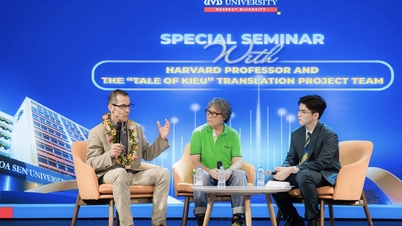

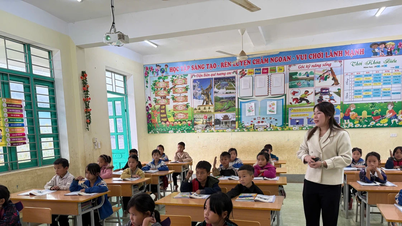

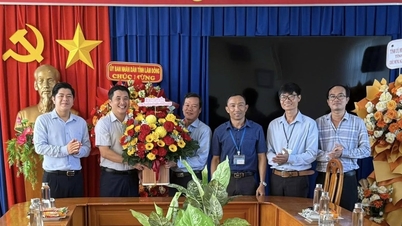

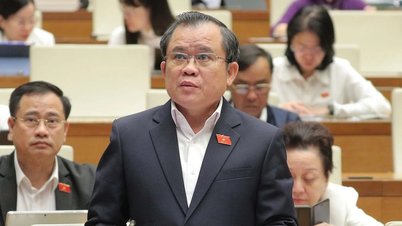

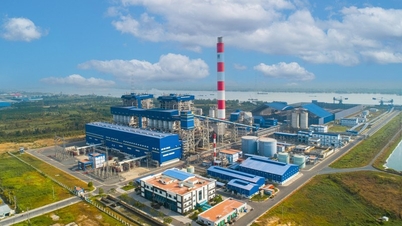



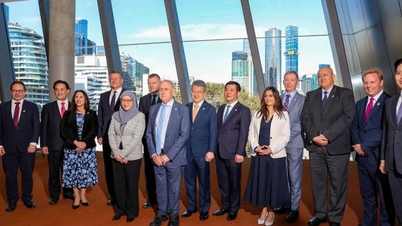

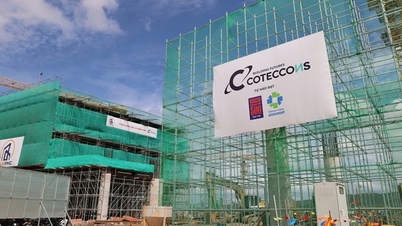













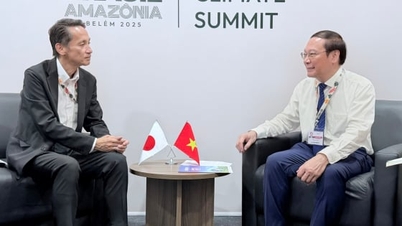
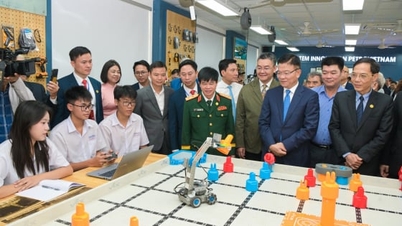






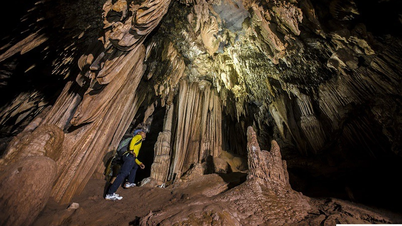

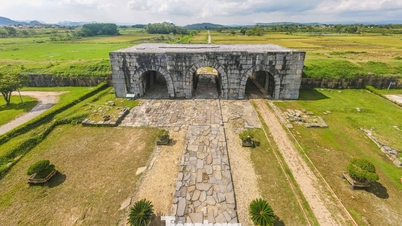

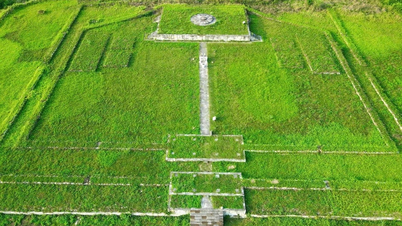






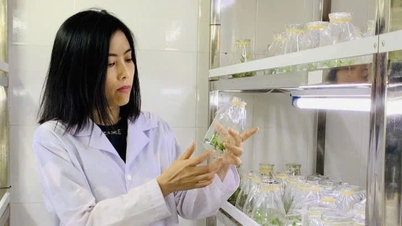
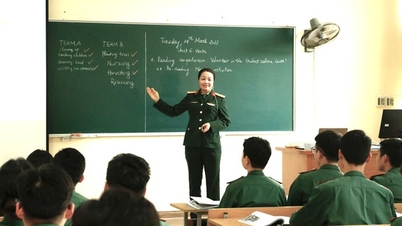



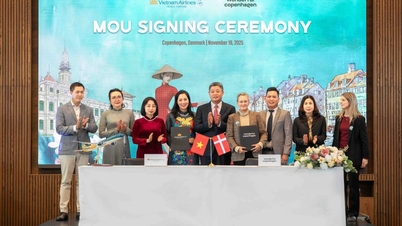















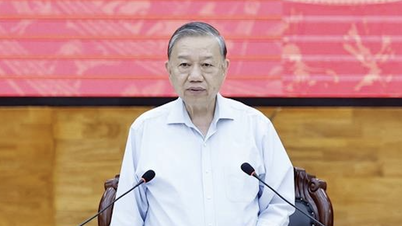


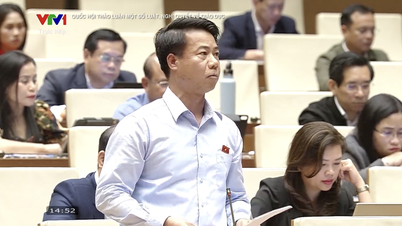






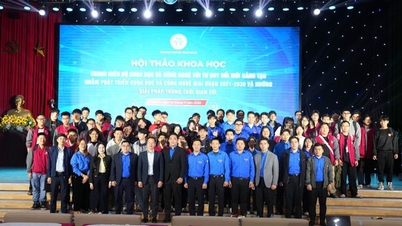

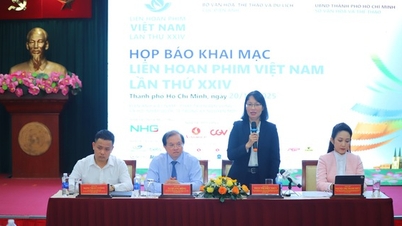


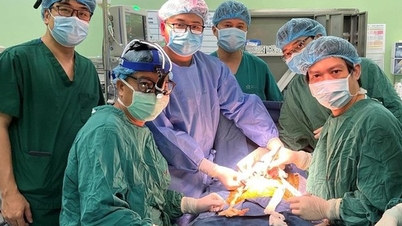

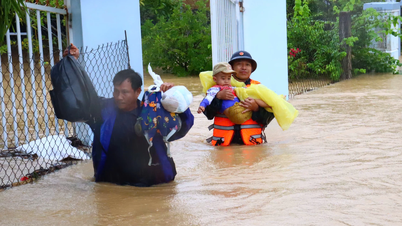


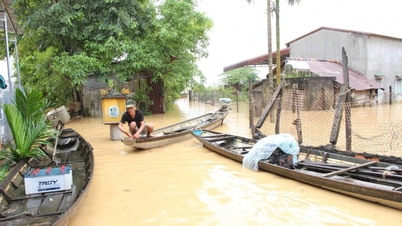

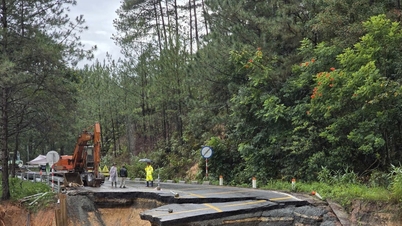





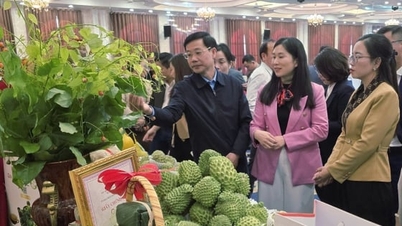









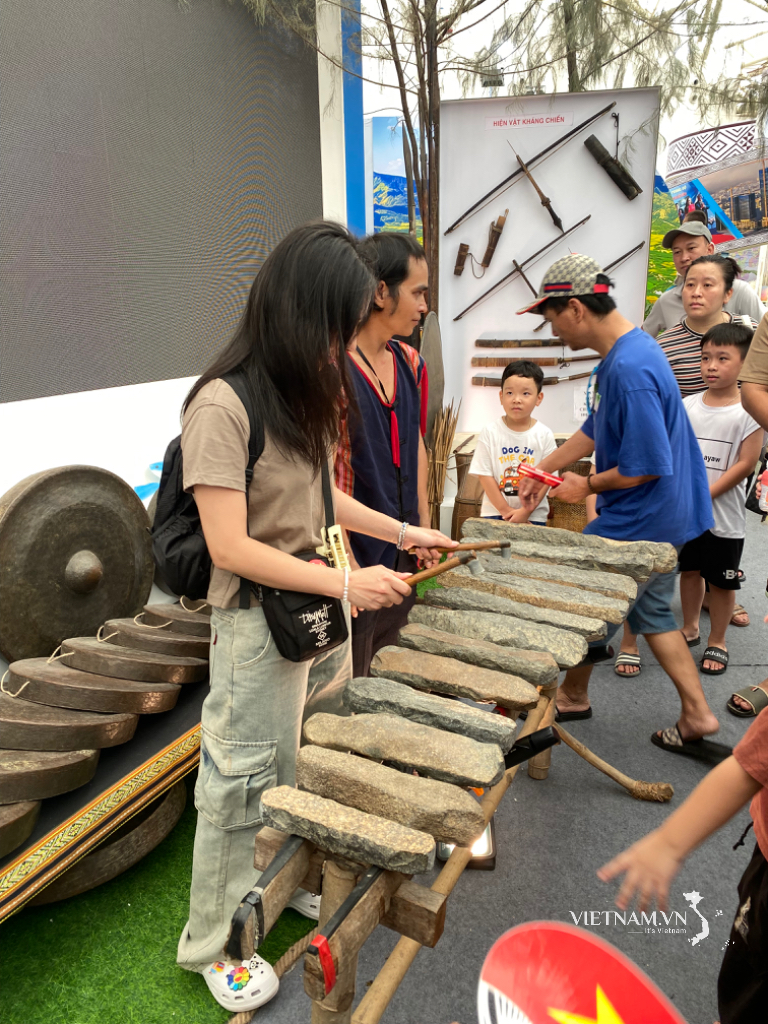

Comment (0)